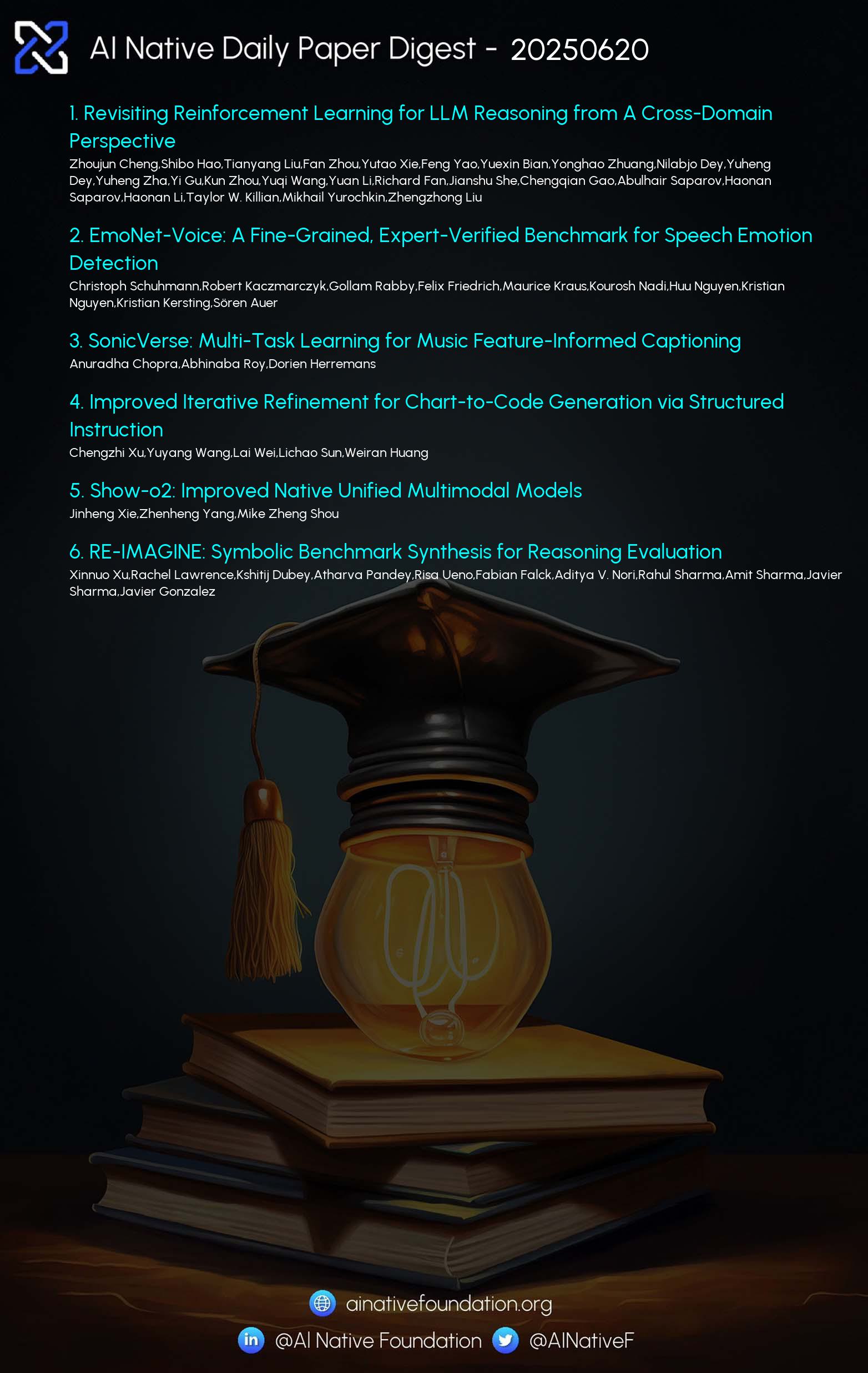AI Native Daily Paper Digest – 20250620
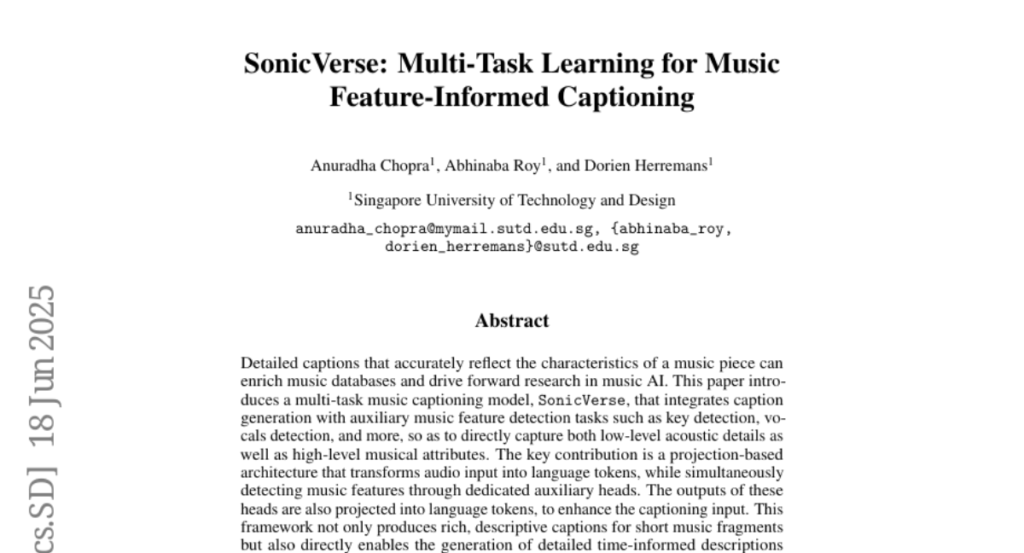
1. Revisiting Reinforcement Learning for LLM Reasoning from A Cross-Domain Perspective
🔑 Keywords: Reinforcement Learning, Large Language Model, RL Reasoning, Cross-Domain Training, Pass@k Performance
💡 Category: Reinforcement Learning
🌟 Research Objective:
– Introduction of a curated RL reasoning corpus called Guru, highlighting its potential to improve LLM reasoning across six diverse domains.
🛠️ Research Methods:
– Creation of a 92K example corpus using domain-specific reward design, deduplication, and filtering to ensure reliable RL training.
– Analysis of RL impact on LLM reasoning across six domains, distinguishing differences based on pretraining exposure.
💬 Research Conclusions:
– RL can enhance skill acquisition in lesser-trained domains while improving overall performance in domains commonly seen in pretraining.
– Models Guru-7B and Guru-32B outperform baselines with improved Pass@k performance, especially in complex tasks not covered during pretraining.
👉 Paper link: https://huggingface.co/papers/2506.14965
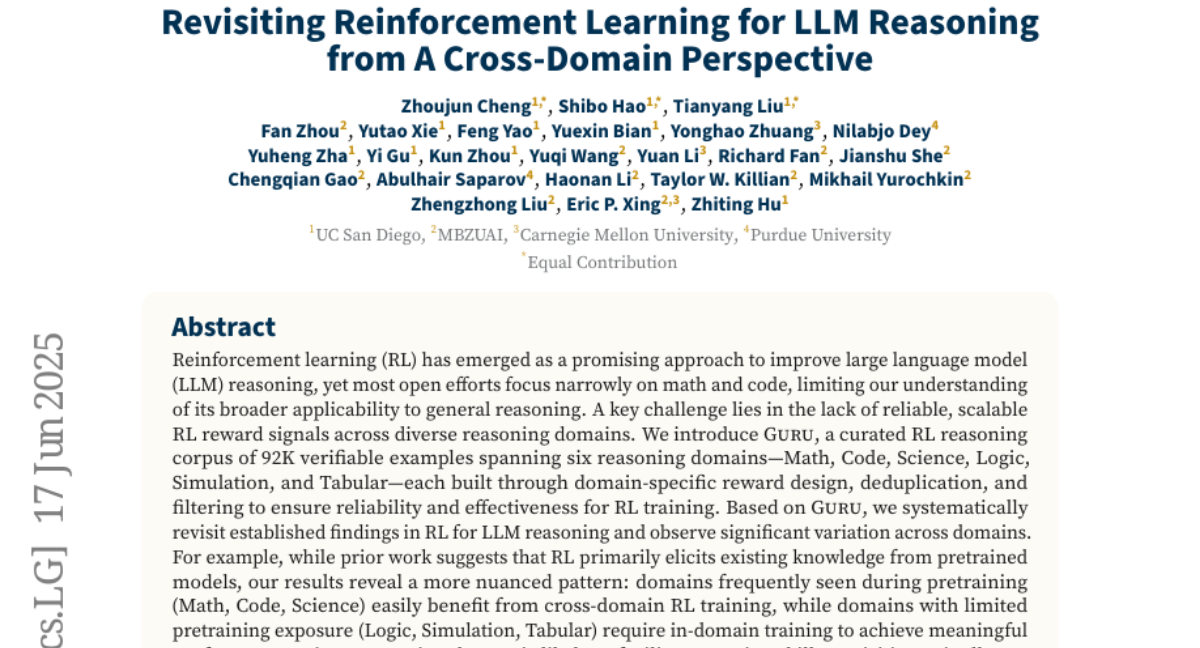
2. EmoNet-Voice: A Fine-Grained, Expert-Verified Benchmark for Speech Emotion Detection
🔑 Keywords: EmoNet-Voice, Speech Emotion Recognition, Privacy-preserving audio, AI-generated summary, Emotional granularity
💡 Category: Natural Language Processing
🌟 Research Objective:
– Introduce EmoNet-Voice, a resource advancing speech emotion recognition with a focus on fine-grained emotion evaluation.
🛠️ Research Methods:
– Developing a large-scale pre-training dataset (EmoNet-Voice Big) and a benchmark dataset (EmoNet-Voice Bench) with human expert annotations.
💬 Research Conclusions:
– Highlight the improvement in emotional understanding capabilities of AI, noting ease in detecting high-arousal emotions versus low-arousal states.
👉 Paper link: https://huggingface.co/papers/2506.09827

3. SonicVerse: Multi-Task Learning for Music Feature-Informed Captioning
🔑 Keywords: SonicVerse, multi-task music captioning, AI-generated summary, caption generation, music feature detection
💡 Category: Multi-Modal Learning
🌟 Research Objective:
– Introduce SonicVerse, a model integrating music feature detection with caption generation to enhance music description quality.
🛠️ Research Methods:
– Utilizes a projection-based architecture to transform audio into language tokens while simultaneously detecting music features.
– Extended MusicBench dataset with MIRFLEX to annotate music features, creating paired data for model training.
💬 Research Conclusions:
– Improves caption quality and detail by incorporating music features, enabling detailed and time-informed music descriptions.
👉 Paper link: https://huggingface.co/papers/2506.15154

4. Improved Iterative Refinement for Chart-to-Code Generation via Structured Instruction
🔑 Keywords: MLLMs, visual understanding, code translation, iterative refinement, structured instruction
💡 Category: Multi-Modal Learning
🌟 Research Objective:
– To enhance the performance of multimodal large language models (MLLMs) in chart-to-code generation by improving visual understanding and code translation tasks through structured instruction and iterative refinement.
🛠️ Research Methods:
– Use of structured instruction with description and difference instructions to transform visual features into language representations.
– Implementation of an iterative refinement process to progressively enhance the code generation output.
💬 Research Conclusions:
– ChartIR demonstrates superior performance in chart-to-code tasks compared to other methods, effectively improving results on both open-source models like Qwen2-VL and closed-source models such as GPT-4o.
👉 Paper link: https://huggingface.co/papers/2506.14837

5. RE-IMAGINE: Symbolic Benchmark Synthesis for Reasoning Evaluation
🔑 Keywords: Large Language Models, RE-IMAGINE, reasoning hierarchy, statistical recall, problem variations
💡 Category: Knowledge Representation and Reasoning
🌟 Research Objective:
– To evaluate the true reasoning capabilities of Large Language Models (LLMs) by differentiating them from statistical recall using a novel framework called RE-IMAGINE.
🛠️ Research Methods:
– Introduces an automated pipeline to generate variations of problems across different reasoning levels using an intermediate symbolic representation, ensuring the problems cannot be solved by memorization alone.
💬 Research Conclusions:
– The framework reveals a reliance on statistical recall for successful benchmark results and highlights the need for future research focusing on enhancing LLMs’ performance across the reasoning hierarchy.
👉 Paper link: https://huggingface.co/papers/2506.15455
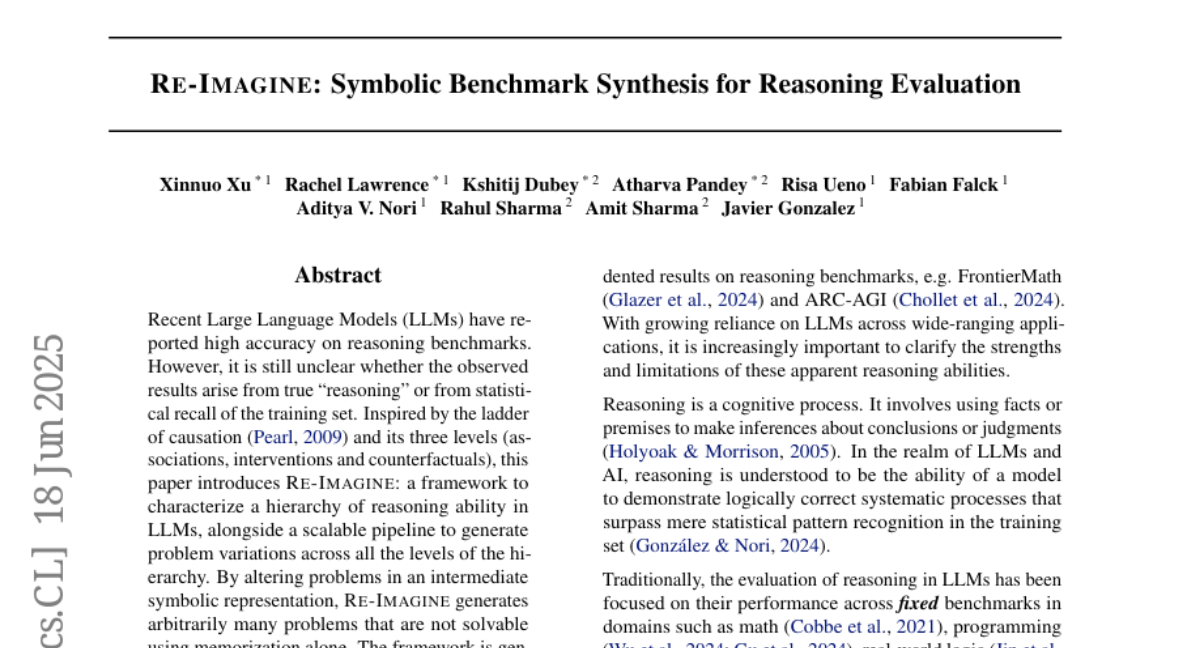
6. Show-o2: Improved Native Unified Multimodal Models
🔑 Keywords: AI Native, Autoregressive Modeling, Flow Matching, 3D Causal Variational Autoencoder
💡 Category: Multi-Modal Learning
🌟 Research Objective:
– The study aims to develop unified visual representations for multimodal understanding and generation tasks across different modalities like text, images, and videos using a novel architecture, Show-o2.
🛠️ Research Methods:
– The paper employs a 3D causal variational autoencoder and integrates autoregressive modeling and flow matching in a dual-path framework for spatial-temporal fusion. A two-stage training process is also designed for scalability.
💬 Research Conclusions:
– Show-o2 exhibits significant versatility in handling diverse multimodal tasks, improving scalability and effectiveness in image/video generation and text prediction. The models and code have been made publicly available for further exploration.
👉 Paper link: https://huggingface.co/papers/2506.15564
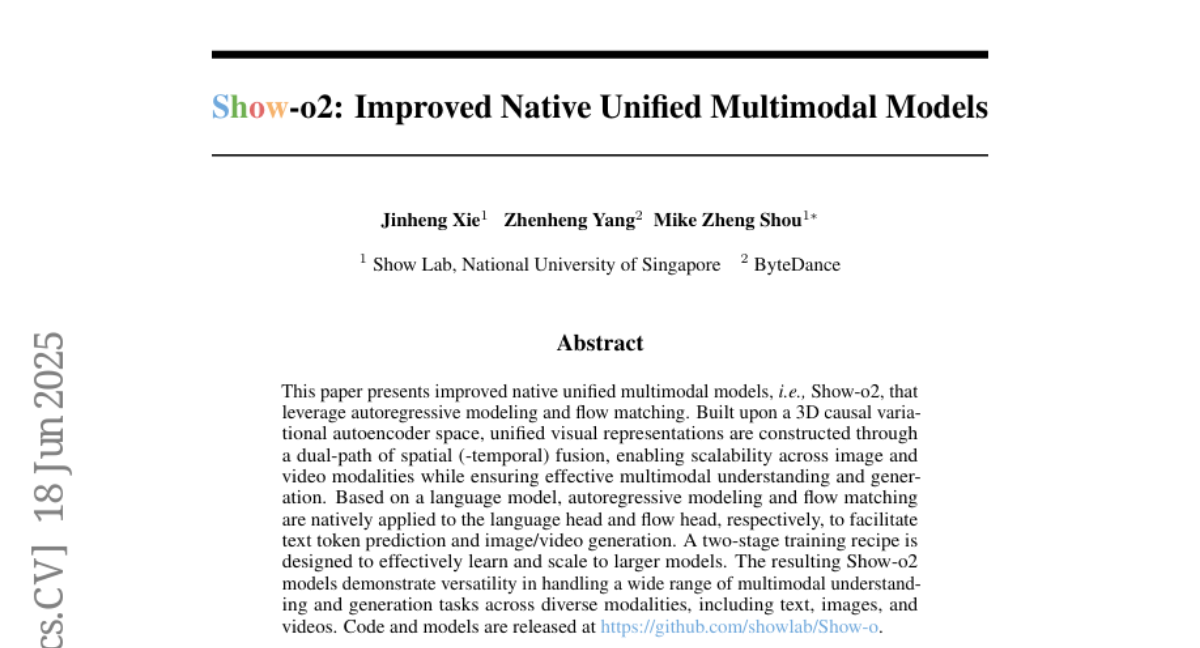
7.
